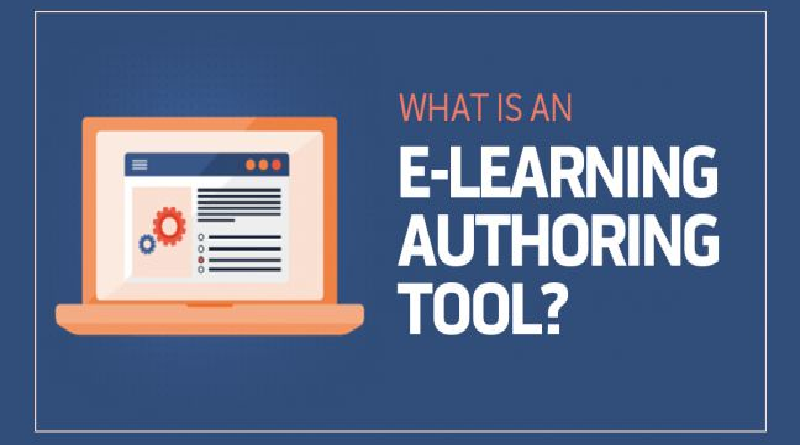Develop a successful eLearning course
Overview
This white paper on e-learning provides an overview of the steps required to develop an e-learning course. This is a guide to avoid common pitfalls that occur frequently when developing a new eLearning course. Depending on the scope of your course, some steps may not apply.
The 4 steps that will be discussed are:
1. Define and maintain a realistic project scope throughout the development process.
2. Define and document the business case / need for the training course.
3. Identify and recruit sponsors / champions.
4. Identify and recruit team members to help develop the course.
STEPS FOR THE DEVELOPMENT OF A SUCCESSFUL LEARNING COURSE
1. DEFINE THE SCOPE OF THE LEARNING COURSE
This may seem like a logical starting point and most businesses start at this point. Unfortunately, most companies do not document the scope of the course and as it develops, the scope also increases. Since this may be the first time you have developed an eLearning course, combined with the fact that you will be working with a new supplier, my recommendation would be to limit the scope of the project. Keep it simple and allow expansion once the first version of the course is deployed. Typically, the second version of the course will require additional features based on input and comments from the end user. You will probably also need to add content based on comments.
One of the keys to successful course development is to stick to the original scope of the first release and share it with the user community as the course unfolds. Do not be distracted by comments from the beta test group that are outside the scope of the course. As I mentioned, it is important to document the scope of course development as beta testing can take place several months later. You may be a little vague about the exact scope of the initial project.
2. DEFINE THE CASE OF BUSINESS / THE NEED FOR LEARNING COURSE
Again, make sure this is done from the start. Having a clear and defined business case / need for the project will be important during all phases of the project. Having a document that you can reference (and telling naysayers) will be valuable to you. You can also use the ideas you developed for the business case in your deployment letter to enhance the value of the course for the target audience.
3. IDENTIFY SPONSORS / COMMERCIAL CHAMPIONS OF LEARNING COURSE
This is not just a clever political strategy, but commercial sponsors will also be an excellent financial and political resource during the development, testing and deployment phases of the project. Try to find business sponsors from a variety of functional areas, as it is likely that inter-organizational interactions can be mitigated through the proper combination of corporate sponsors.
4. IDENTIFY AND RECRUIT TEAM MEMBERS TO PARTICIPATE IN THE DEVELOPMENT OF THE LEARNING COURSE
Before describing the details of this step, I would like to point out that it is essential to identify and assign the project leader (s) to the project. Who will be the main contact between the eLearning provider and your company? Who should be copied in emails? Who is ultimately responsible for making the final decisions? I would recommend assigning a team leader. It’s great to have technical people in your organization who can help your eLearning provider answer their technical questions about the standards of your software and hardware. However, the team leader, in consultation with the group’s experts, must make the final decision. If you do not have a central contact / team leader, your online training provider may not know who to contact with questions.
